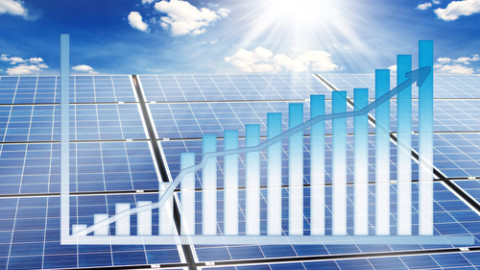By Brett Redman, CEO, Transgrid
Urgent action is needed to accelerate Australia’s energy transition. We must act now to accelerate the timeline for when renewables can deliver cheaper, cleaner and more reliable energy to homes and businesses. There will be no transition without transmission and that is why Transgrid is building the future grid, made up of major transmission projects which will enable the sharing of clean energy across the eastern seaboard.
Transgrid recently published its Transmission Annual Planning Report 2022 which supports calls for major transmission projects to be delivered faster and cheaper for consumers. This key report aligns with the Australian Energy Market Operator’s 2022 Integrated System Plan which states investment in new transmission needs to begin “as urgently as possible”.
A June 2022 report by Endgame Economics found prompt investment in transmission upgrades reduce the average wholesale price of electricity, however prices become higher and more volatile with extended delays to transmission upgrades. It also found that the increase in average wholesale cost added to consumer bills with a delay greatly outweighs the small reduction in transmission cost due to deferred transmission capital expenditure.
For example in NSW, the predicted residential consumer bill increase due to transmission delays are $283 (1.4 per cent) for a one-year delay to the ISP base case, $575 (2.8 per cent) for a two-year delay, and up to $1,428 for a four-year delay (6.9 per cent) (calculated over the FY26-2040 period, in real 2022 dollars). It means consumers will likely have larger electricity bills with greater transmission delay.
Equally important is the reality that the National Electricity Market (NEM) is facing serious risk of energy shortages as we transition from coal to renewables at a rapid rate – even faster than expected. This is the critical decade for energy. The expansion of our grid is essential to underwrite energy security and mitigate the risk of significant black outs.
We are building the infrastructure to enable the integration of existing and future wind, solar and hydro power. Our transmission projects EnergyConnect, HumeLink and VNI West will get this energy to market, filling the gap left as coal-fired generators become unreliable and retire.
The recent energy market crisis demonstrated the current system’s lack of resilience and the high consumer cost of disruption. These risks will continue until we have a strong, flexible electricity network capable of safely delivering high volumes of renewable energy.
Transgrid is responding to this reality. It is imperative Transgrid builds new transmission now, to avoid paying much more for this critical infrastructure later. We recently delivered the $236 million upgrade of the Queensland-NSW Interconnector enabling more energy to flow between the states.
Transgrid has also delivered its $45 million Victoria-NSW Interconnector (VNI) upgrade, allowing more renewable energy to flow between Victoria, NSW and the ACT. Construction is well underway on Australia’s largest electricity grid project, the $1.8 billion EnergyConnect interconnector, which will enable the sharing of energy between NSW, South Australia and Victoria for the first time.
This critical project will allow integration of renewables in the state’s south-west and provide the best chance of meeting the nation’s clean energy targets while helping to drive down the cost of wholesale electricity. These tangible benefits represent valuable outcomes for everyone in the NEM.
Transgrid is also planning the VNI West project which will enable more energy sharing between NSW and Victoria. This will converge in Wagga Wagga with EnergyConnect and another actionable ISP project HumeLink. HumeLink is a key component in a robust, future grid.
It will enable a successful and rapid integration of new, clean energy from renewable energy zones and unlock the full capacity of Snowy 2.0. This energy, from wind, hydro and solar farms, will be shared across NSW, the ACT and the NEM.
The Australian Energy Regulator recently provided a vote of confidence in Transgrid’s HumeLink project by approving a $322 million funding agreement for Stage 1 early works. The delivery of HumeLink, alongside EnergyConnect and VNI West will reshape the NEM – providing a strong and stable platform for Australia’s economic growth.
These priority transmission projects will form the country’s energy superhighway. They must be progressed as urgently as possible. We will achieve this by bundling the projects together to ensure we are able to attract and retain the people and materials to deliver them.
Transgrid is investigating the integration of these projects into a single simultaneous program to deliver them earlier and cheaper, which will help put further downward pressure on customer bills. Any delays to these projects will likely have a significant ripple effect on all dependent on our network.
For example, any delays to HumeLink would threaten the timely connection of new renewable generation and new interstate connections to the grid. We must get ready faster for the retirement of the ageing coal generation fleet. Building now to facilitate the connection of new renewable generation and storage is the only acceptable path forward for Australia’s energy consumers, who will reap the rewards of a rapid acceleration for generations to come.


















